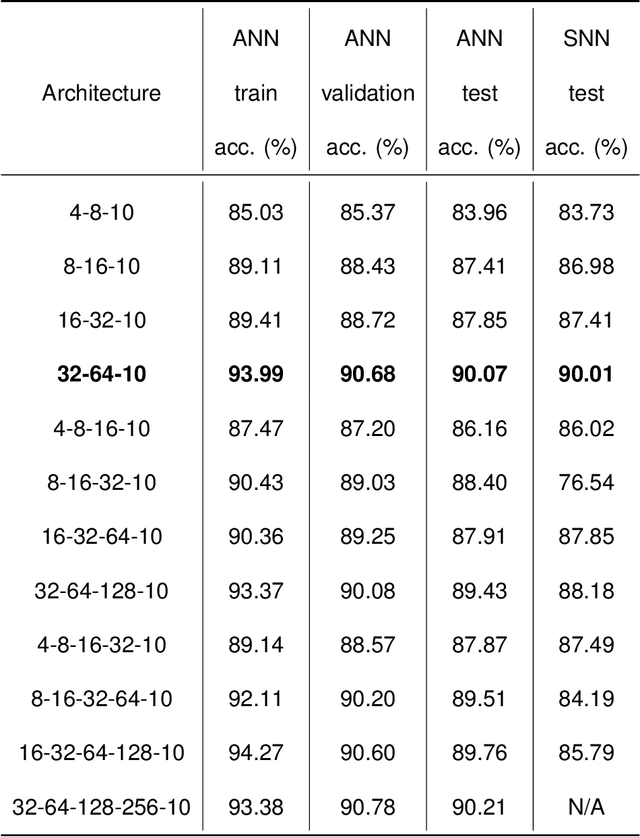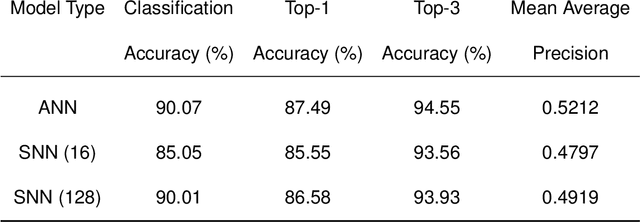Neuromorphic Computing for Content-based Image Retrieval
Paper and Code
Aug 04, 2020



Neuromorphic computing mimics the neural activity of the brain through emulating spiking neural networks. In numerous machine learning tasks, neuromorphic chips are expected to provide superior solutions in terms of cost and power efficiency. Here, we explore the application of Loihi, a neuromorphic computing chip developed by Intel, for the computer vision task of image retrieval. We evaluated the functionalities and the performance metrics that are critical in context-based visual search and recommender systems using deep-learning embeddings. Our results show that the neuromorphic solution is about 3.2 times more energy-efficient compared with an Intel Core i7 CPU and 12.5 times more energy-efficient compared with Nvidia T4 GPU for inference by a lightweight convolutional neural network without batching, while maintaining the same level of matching accuracy. The study validates the longterm potential of neuromorphic computing in machine learning, as a complementary paradigm to the existing Von Neumann architectures.
 Add to Chrome
Add to Chrome Add to Firefox
Add to Firefox Add to Edge
Add to Edge